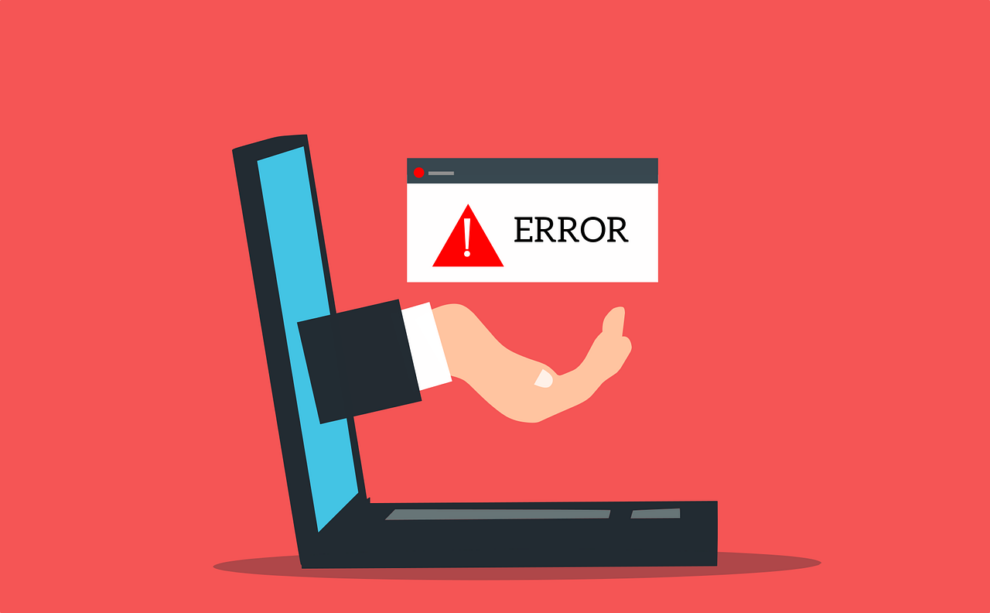Industrial production involves concurrent and independent processes, with team members handling multiple tasks at once. Factory floors are busy places, making safety a primary focus that enhances process consistency, reduces the risk of workplace injury, and minimizes downtime. Human error is a leading cause of accidents, product damage, and non-compliance. While it may arise from stress, regulatory violations, or fatigue, it’s largely preventable. Read on for several tips on avoiding human error in industrial settings.
Process Automation
There are several ways to improve the accuracy and consistency of manufacturing processes while reducing the need for human intervention. From using AI-based robotics to installing an industrial control panel, supervisors and company owners have multiple options when looking to reduce accidents and workplace errors.
SOP Development
The human factor is strong in production, and with it comes the potential for procedural deviation and corner cutting. In some instances, companies offer contradictory operational and safety procedures, creating uncertainty during implementation and enforcement. The incongruity of policies and procedures leads to more mistakes, accidents, and production delays.
To reduce the risk of human error, companies must compile procedures in unified documents and include detailed instructions for each task done on the factory floor. SOPs or standard operating procedures increase consistency while leaving almost no room for slip-ups.
Auditing and Analysis
Facility layout and design are contributing causes for human error, but proper arrangement of resources and tools ensures process continuity and employee safety. When designing industrial facilities, consider ergonomics. Workstations must be appropriately sized, properly spaced, and contain crucial safety equipment, while floors should have clearly defined walkways, visible safety signage, and adequate lighting.
Additionally, frequent audits allow companies to identify production flaws that increase the risk of error. Auditors must inspect machinery, read maintenance records, and ensure compliance with statutory and internal regulations. Through regular analysis and auditing, owners can focus on optimization strategies that minimize the effects of human error.
In-Depth Staff Training
While employees’ skills matter, hiring and retaining top talent isn’t enough to reduce the risk of workplace accidents, errors, and injuries. With time, busy factory workers can become overwhelmed as they struggle to reach ever-increasing production targets. Machinery and technology upgrades enhance productivity and increase compliance, while staff training strengthens team members’ capabilities and reinforces consequences.
Through real-world training programs, technicians gain troubleshooting and maintenance skills and decrease the risk of mistakes. When workers are more aware of safety procedures and how to use their tools to prevent accidents, they keep minor errors from becoming major problems.
System Implementation
Factories consist of hundreds of moving parts, which can be challenging to monitor simultaneously. Software solutions like MES (manufacturing execution systems) and WMS (warehouse management systems) assist in supply chain management, incident report metrics tracking, and risk reduction.
Follow These Tips to Keep Employees Safe and Reduce the Risk of Errors
Despite our best efforts, we all make mistakes—and it’s our collective responsibility to limit these slip-ups in any way possible. The reduction of human error requires proactivity on the part of staff and management. While supervisors and managers must provide safe facilities, effective tools, and proper training, employees must follow guidelines, report accidents and defects, use equipment properly, and follow standard operating procedures. When everyone does their part, the risk of human error decreases.
